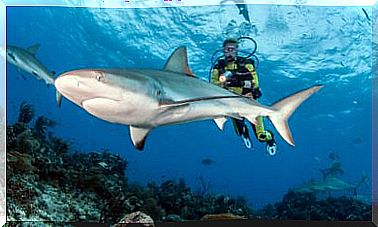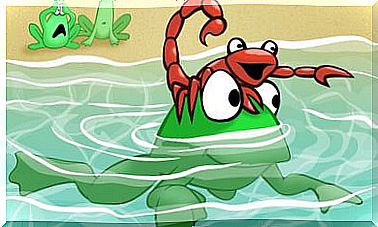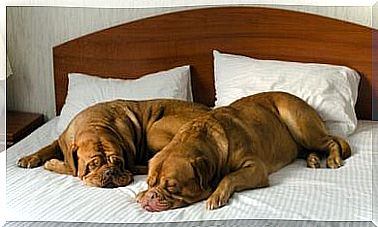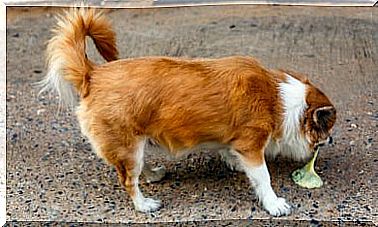What Are The Symptoms Of Dehydration In Cats?
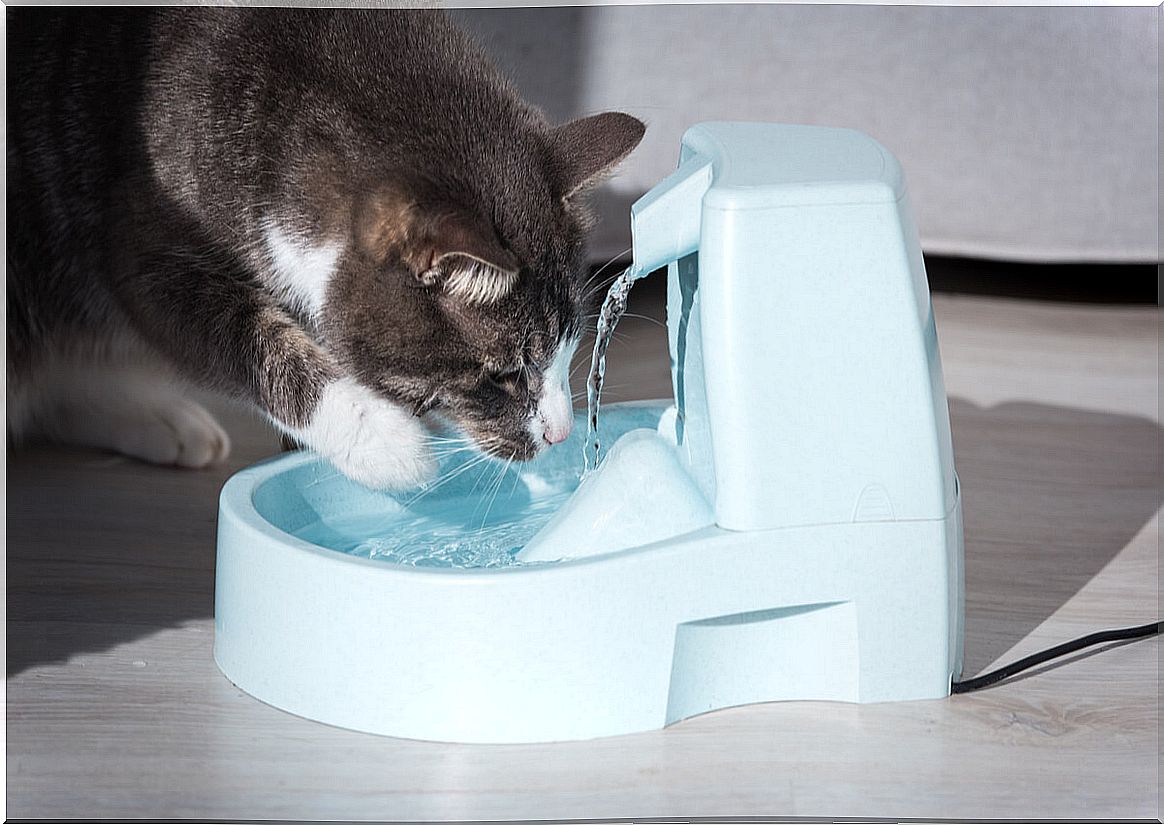
Dehydration is defined as an alteration or lack of water and mineral salts in the patient’s body or, failing that, as the loss of water equivalent to 3% or more of their weight. Due to its place of origin and nature, dehydration in cats is a relatively common event.
Watching that your feline drinks adequate amounts of water is essential, especially if it is experiencing diarrhea or some other disease. If you want to know everything about the world of hydration in domestic cats, read on.
What is dehydration?
A dehydrated cat is one that does not have sufficient concentrations of water and / or electrolytes in its body. To give you an initial idea regarding the subject, water corresponds to 60% of the body weight of an adult domestic feline, while the percentage increases to almost 75% in puppies.
Cats are more susceptible to dehydration than other domestic animals, as they do not feel that inclination to drink water that, for example, is present in dogs. This is believed to be due to two main causes:
- Evolutionary issues: it is stipulated that cats, at an evolutionary level, were more used to drinking water from rivers and moving sources, as this ensured better water quality. Water in a watertight container may not appeal to them as much.
- Vulnerability: many cats do not like to bend over to drink from a bowl, as it leaves them in a vulnerable position and with less time to respond to dangers.
In general, a domestic cat can lose interest in the water container when it is not completely clean. Also, once dehydration symptoms start, cats tend to drink less and less.

Symptoms of dehydration in cats
First of all, we must note that dehydration occurs in different degrees. As far as this parameter is concerned, we find the following categories:
- Zero dehydration: there is a loss of water of less than 3% of body mass.
- Mild: the animal has a loss of 3-5% of its total body mass. There may be some desiccation in the oral area of the cat, such as its gums or mucous layers.
- Moderate: 5-9% loss of your total body mass. This stage can be measured with the skinfold test. If the cat’s skin — when pinched — recovers more slowly than normal, it may be moderately dehydrated.
- Severe: water loss greater than 9% of the total mass of the animal. Here you run the risk of hypovolemic shock, characterized by a drop in the rhythm of your heartbeat, hypothermia and a drop in blood pressure. In the most serious cases, the feline can die.
Depending on the severity of dehydration in cats, they will present more or less clear symptoms. It is from the moderate category that signs such as evident dryness of the oral mucosa, sunken eyes, dark circles and not very elastic skin begin to be observed.
In general, we recommend that you check the following parameters in the house cat if you suspect that it is dehydrated:
- Check your gums and nasal area. If these appear dry and rough, lack of water may be a cause.
- Perform the skinfold test described above on the animal’s back skin.
- Monitor their body temperature, better if it is with a thermometer.
- Monitor their activity and document any unusual behavior / prolonged lethargy.
Causes of dehydration
One of the most common causes of dehydration in cats is diarrhea. These are defined as watery stools — more than 70% of its volume is water — that occur 3 or more times a day. These clinical pictures are caused by viral and bacterial infections, food intolerances or physiological problems in the intestines of the animal.
On the other hand, there are also other pathologies, such as diabetes or kidney failure, which can promote dehydration in cats. In the end we are talking about a game of liquids: if more liquid is excreted than is consumed – either through feces, pee or vomit – the animal is at risk of dehydration.
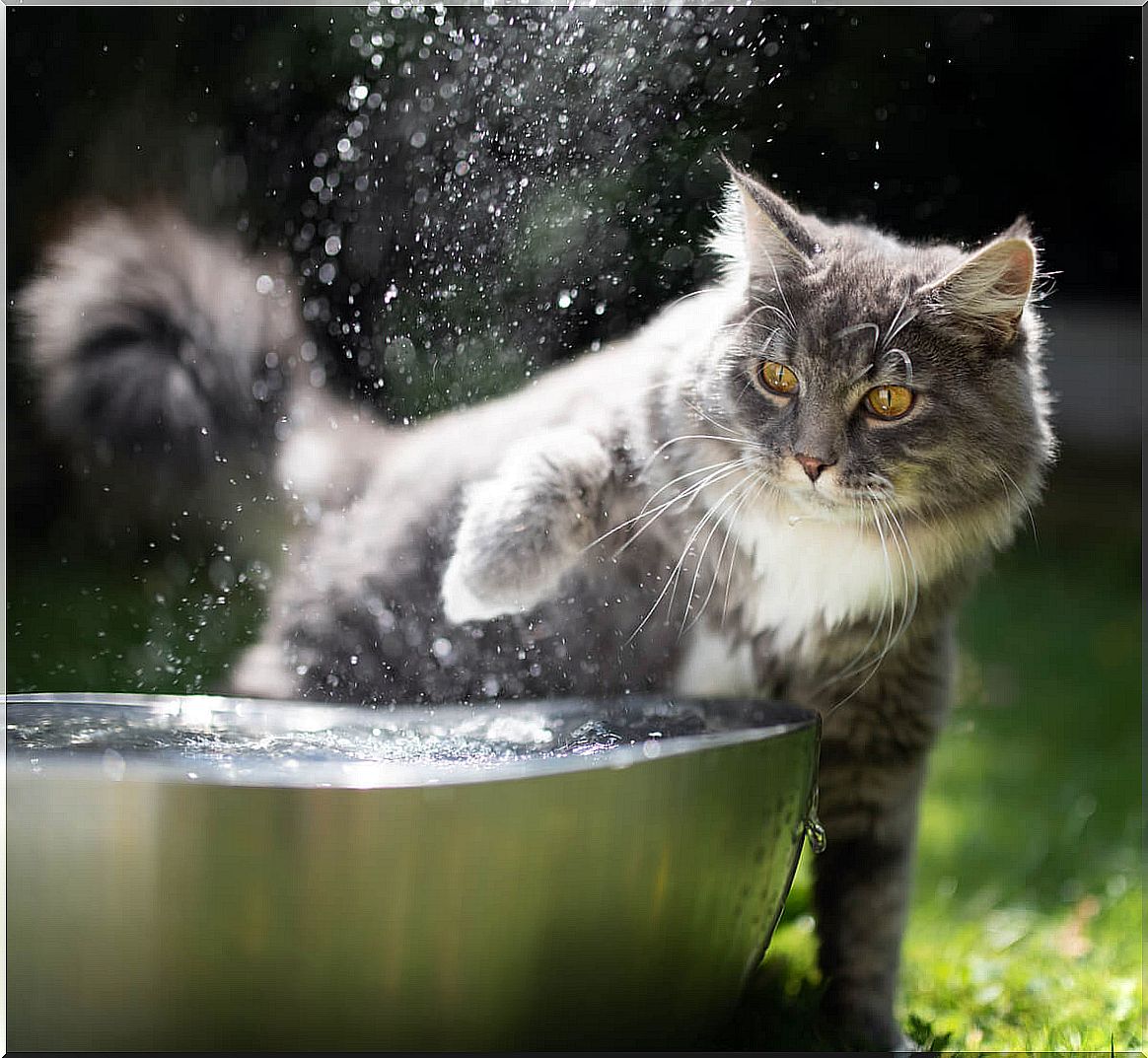
A problem that requires quick actions
If you see that your cat is lethargic and has dry gums after a diarrhea or other event, it is most likely that he is suffering from an episode of moderate-severe dehydration. In these cases the only option is to go to the vet, as the animal’s life is at stake.
On the other hand, if you notice that your feline does not drink enough water, you can always place multiple containers in the house and choose to provide a greater amount of wet or cold food. All of this will balance, to some extent, a lack of water intake.
